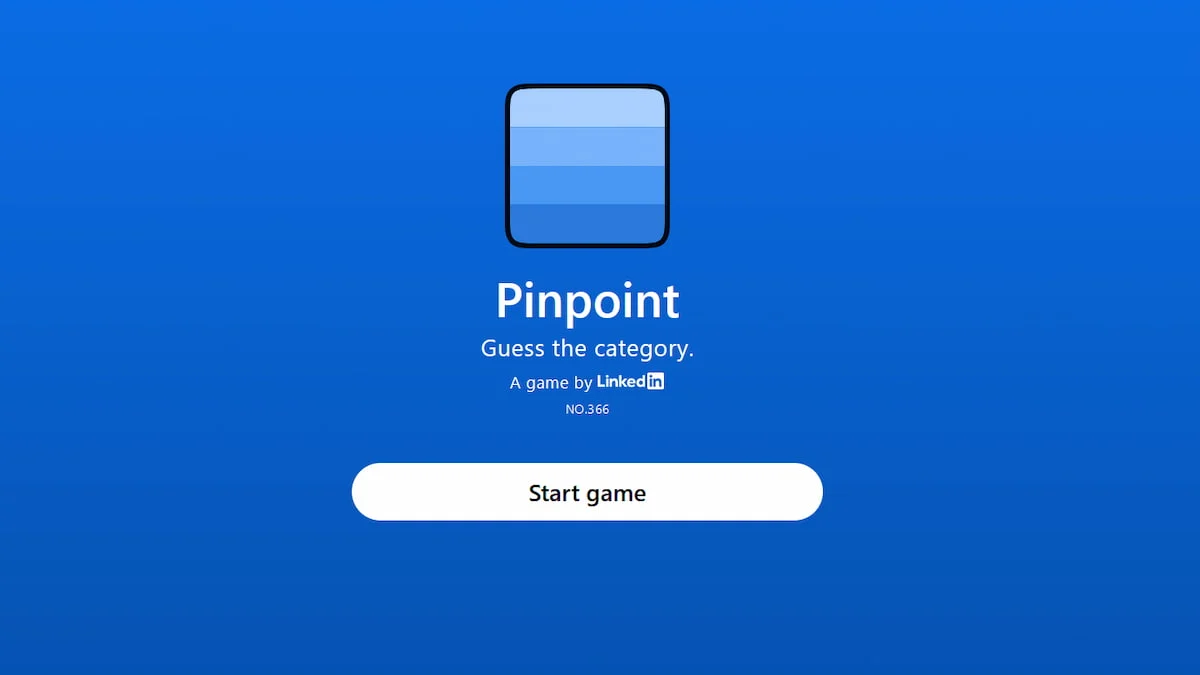Pinpoint Made Easy: Read the Hints, Name the Category
A practical, no-jargon guide to solving LinkedIn Pinpoint faster—built for everyday players who want smart strategies, longer streaks, and fewer guess spirals.
What Is Pinpoint?
LinkedIn Pinpoint is a daily clue-and-category game. You get a short list of hints—simple words or terms—that all connect to one hidden category. Your job: read the hints, figure out what they have in common, and type the most accurate label. It feels a bit like a mix of Connections and trivia, but faster and more focused.
The fun comes from that “click” moment when a clean, specific category explains every hint. The challenge? Avoiding guesses that are almost right. This guide walks you through a steady process that turns scattered hints into a confident, exact answer.
How to Play (Step-by-Step)
- Open today’s puzzle. Go to the official Pinpoint page while logged into LinkedIn.
- Read all hints once—no guesses yet. Resist the urge to answer immediately. You’ll spot better patterns with all hints in mind.
- List 2–3 category ideas. Make them specific, not vague. Example: not “measurements,” but “units of mass.”
- Test each idea against every hint. The right label should fit all hints cleanly without special pleading.
- Check for tricky meanings. Many hints are homonyms (e.g., “Pound” as weight or currency). Pick the reading that unifies the full set.
- Submit when one label fits perfectly. If two labels are close, choose the tighter one (more exact wording wins).
- Review what gave it away. A 10-second post-game note builds a personal pattern library and speeds future solves.
Core Strategy: From Hints to the Right Label
Start Literal
Treat each hint at face value first. What, exactly, is it? Only after you’ve done a literal pass should you consider idioms, slang, or abbreviations. This keeps you from chasing metaphors too early.
Tighten the Wording
Move from broad (“measurements”) to precise (“units of mass”). Precision helps exclude near-misses and anchor your reasoning when one hint feels odd.
Unify the Dimension
Ask: do these hints share a domain—science, grammar, sports, geography, music, tech? When you can name the domain, the label usually appears.
Check Homonyms
If a hint conflicts with your label, test its other meanings. “Stone” is a rock and a UK weight unit. The correct meaning is the one that cleanly unifies the entire set.
Advanced Tactics That Save Time
- Rule of Three: Before you guess, make sure your label explains at least three hints immediately and the rest with zero stretching.
- Axis Thinking: Many sets climb a single axis (e.g., mass: gram → ounce → pound → stone → ton). Spot the axis and you’ll spot the label.
- Domain Swaps: If literal meanings clash, switch domains—could it be currencies, programming terms, grammatical forms, or geography instead?
- Boundary Testing: Try swapping each hint with a similar item. If your label still holds (e.g., “kilogram” fits alongside “gram” and “tonne”), it’s robust.
- One Lifeline Rule: Protecting a streak? Verify one item at PinpointAnswers.com, learn the pattern, and finish unaided.
Worked Examples
Example 1 — Units
Hints: STONE • POUND • TONNE • GRAM • OUNCE
Process: All are measurement units for mass/weight across imperial and metric systems. The precise label is UNITS OF MASS. No hint needs a special case, which is a great sign you’re right.
Example 2 — Currencies
Hints: RAND • KRONA • LIRA • RUPEE • POUND
Process: Treat “POUND” as currency, not weight. The label NATIONAL CURRENCIES (or “UNITS OF CURRENCY”) now fits perfectly across all hints.
Example 3 — Grammar
Hints: QUICKLY • BRAVELY • ROUGHLY • NEATLY
Process: These are adverbs, most ending in -ly. A precise label like ADVERBS ENDING IN -LY nails it.
Example 4 — Sports Teams
Hints: BREWERS • PELICANS • KINGS • METS • PANTHERS
Process: These are professional U.S. team nicknames across leagues. The label U.S. PRO TEAM NICKNAMES (cross-league) keeps the wording tight and accurate.
Common Mistakes (and Quick Fixes)
Playing for Streaks
If you love seeing that streak counter grow, switch your mindset from “first idea wins” to “no exceptions allowed.” Build a quick routine: read all hints, shortlist two labels, pick the one with the cleanest fit, and do a 10-second sanity check for homonyms or regional uses. On truly tough days, allow yourself one lifeline at PinpointAnswers.com—then review why that label worked so you’re stronger tomorrow.


